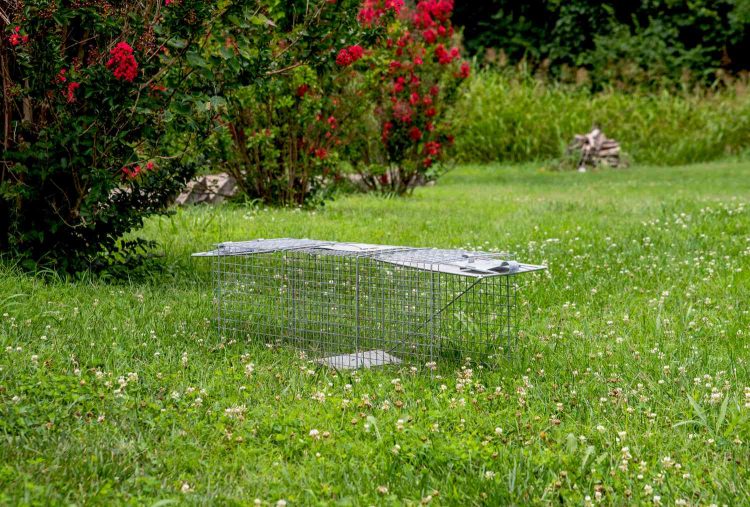Will Mothballs Keep Groundhogs Away?

Groundhogs, also known as woodchucks, can be a nuisance for homeowners and gardeners alike. These burrowing creatures have a voracious appetite for plants and can cause significant damage to gardens and yards. As a result, many people are constantly searching for effective methods to keep groundhogs away from their property. One popular suggestion that often comes up is the use of mothballs. In this article, we will examine whether mothballs are an effective deterrent for groundhogs and explore other potential solutions to address this issue.
The Effectiveness of Mothballs
Mothballs are small balls made of naphthalene or paradichlorobenzene, which are chemicals known for their strong odor. They are typically used to repel moths and other insects from clothing and stored items. Some individuals have suggested that the strong smell of mothballs can also deter groundhogs from entering certain areas. However, it is important to note that there is limited scientific evidence to support this claim.
According to an article by Dengarden, while mothballs can repel groundhogs to some extent, they are not strong enough to provide a long-term solution. Groundhogs may become accustomed to the smell over time and return to the area despite the presence of mothballs. Additionally, the use of mothballs as a repellent is not recommended for off-label animals, as stated by OutdoorAlive. Therefore, relying solely on mothballs may not be the most effective strategy for keeping groundhogs away.
Alternative Methods for Groundhog Deterrence
1. Exclusion Techniques: One effective way to keep groundhogs away is by using exclusion techniques. This involves installing steel mesh fences around the perimeter of the property or specific areas that need protection. The fence should be buried at least a foot underground to prevent groundhogs from burrowing underneath. Bob Vila suggests using a fence with small openings, as groundhogs can squeeze through surprisingly small gaps.
2. Natural Repellents: Farmers’ Almanac recommends using natural repellents to deter groundhogs. For example, Epsom salts can be sprinkled near or around burrow entrances to discourage groundhogs from coming close. Another option is castor oil, which can be mixed with water and sprayed onto plants or areas where groundhogs are active.
3. Trapping and Relocation: Trapping and relocating groundhogs can be an effective method for removing them from your property. Live box traps can be set up near burrow entrances, baited with fruits or vegetables, and checked regularly. Once caught, the groundhog can be released in a suitable location far away from residential areas. It is important to wear thick gloves when handling trapped groundhogs to avoid bites.
4. Professional Assistance: If all else fails, seeking professional assistance from wildlife control experts may be necessary. These professionals have the knowledge and experience to handle groundhog infestations safely and effectively. They can assess the situation, implement appropriate measures, and provide guidance on long-term prevention strategies.
Conclusion
While mothballs may have some repellent effect on groundhogs, they are not a foolproof solution for keeping these creatures away. Groundhogs can become accustomed to the smell over time, rendering the mothballs ineffective. Therefore, it is advisable to explore alternative methods such as exclusion techniques, natural repellents, trapping and relocation, or seeking professional assistance. By employing a combination of these strategies, homeowners and gardeners can effectively deter groundhogs and protect their property from damage.






